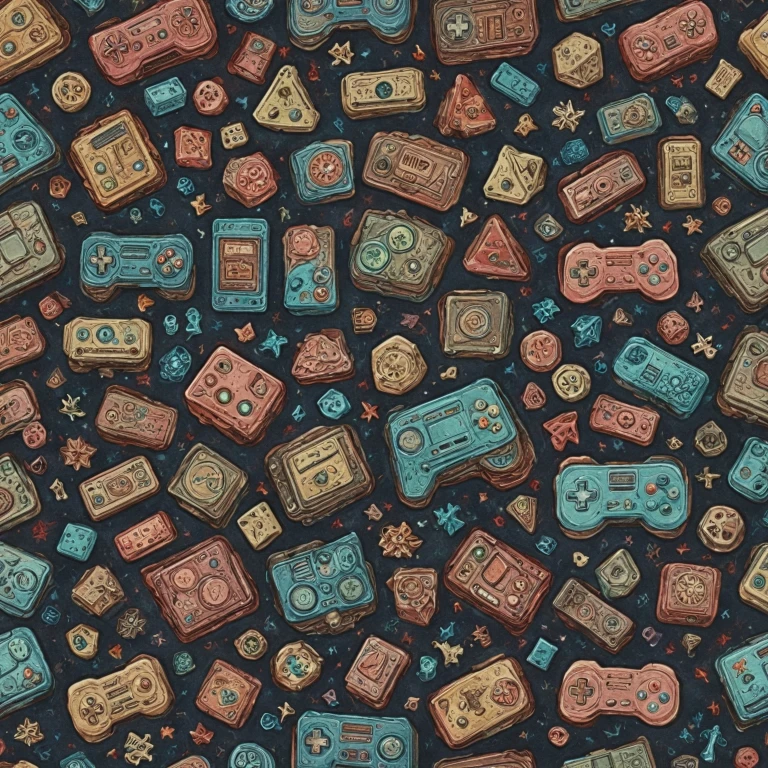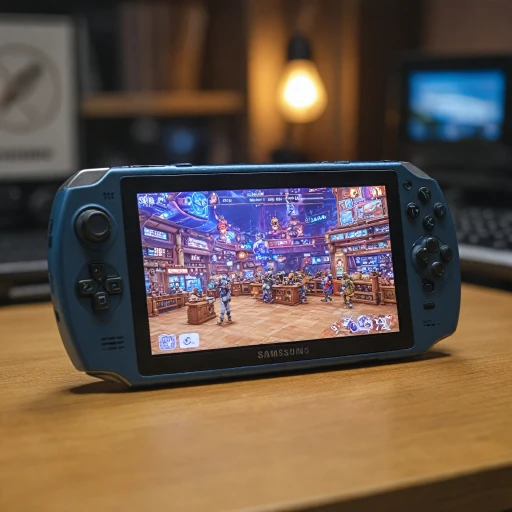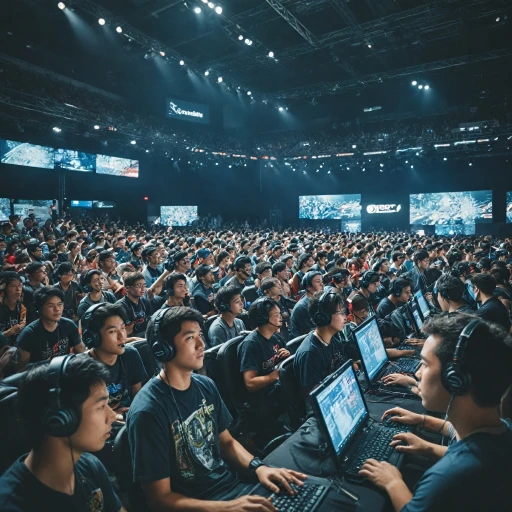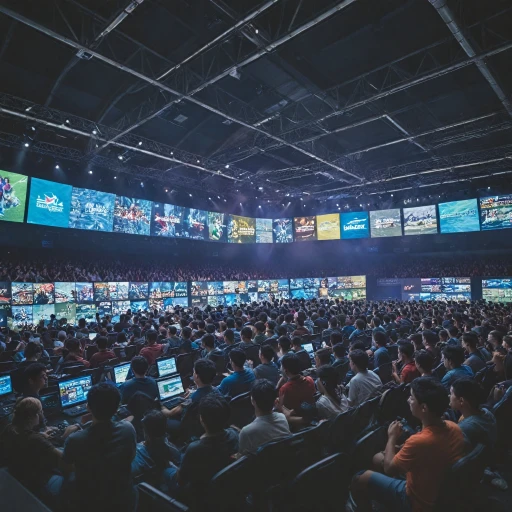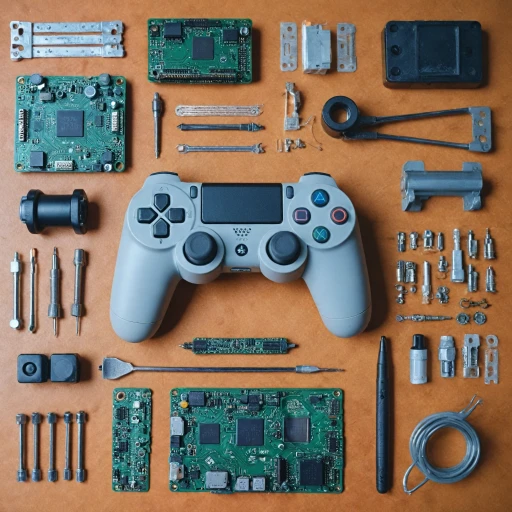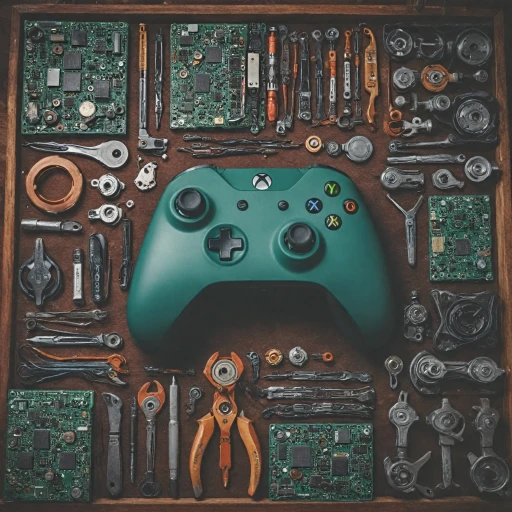
The Role of Gaming Symbols in Console Design
Decoding the Significance of Gaming Symbols in Console Aesthetics
Gaming symbols play a pivotal role in shaping the design and aesthetics of modern gaming consoles. These symbols, while often overlooked, are integral to a console's identity and user experience. From dynamic iconography that includes iconic gaming characters, tiles, and board game symbols like the chess queen or a die face, to intricate visual symbols used in video games, the relevance of these design elements cannot be overstated. Gaming consoles leverage these symbols to create an emotional connection with players. The symbols serve as a bridge between the virtual and the real, allowing for an immersive gaming experience. For instance, symbolic imagery like the mahjong tile or chess bishop often evokes familiar themes, and their careful integration can resonate deeply with players from various cultural backgrounds. Moreover, as gaming technology advances, the emphasis on symbols will continue to grow. As seen in recent console designs, customization options allow for tiles, unicode symbols, and CSS icons to be manipulated effortlessly, exemplifying the creativity designers can apply to console interfaces. This adaptability is critical as it provides a seamless transition from traditional flat game symbols to dynamic, interactive visuals that enhance user interaction. For console enthusiasts seeking to understand the strategic relevance of these symbols, this comprehensive guide provides invaluable insights. It highlights how understanding gaming symbols can enhance gameplay strategy, especially for competitive players. In conclusion, the role of gaming symbols in console design is elemental, transforming them from simple tile characters or iconic symbols to powerful tools of user engagement, storytelling, and cultural resonance.Iconic Gaming Symbols and Their Origins
Famous Gaming Symbols and Their Beginning
Gaming symbols have significantly enriched the visual language of video games, often serving as a gateway for players to engage on a deeper level with the game’s world. From the mystical tiles of mahjong to the regal pieces of chess like the chess king and chess queen, these symbols are rooted in history and continue to evolve.
Consider the iconic suits of cards: hearts, diamonds, spades, and clubs. Each symbol represents not just a part of a card game but holds various meanings across cultures. Similarly, game symbols such as the black chess or white chess pieces take on roles of strategy and warfare, reflecting deep cultural narratives. The flexibility of these icons is exemplified through their digital iterations in video games, where a simple die face or chess bishop can become vital elements in gameplay mechanics.
Gaming symbols also cross into the realm of coding, with unicode symbols allowing developers to insert unique identifiers seamlessly. Console designers use styles like HTML and CSS to create visually appealing and functional gaming interfaces. Icon sets that resemble mahjong tile characters or tile bamboos can be downloaded or even copy-paste functions allow fans to incorporate their beloved icons into personal projects.
Whether it’s the commanding presence of a chess rook or the serene design of tile circles, these symbols continue to evolve with video games. Originating from ancient games like shogi, they represent a continuation of gaming traditions in modern platforms, reflecting both historical and global cultural imprints.
As we explore further, we can see that gaming symbols not only enhance the visual appeal of a game but also serve to enrich gameplay and cultural connections within the gaming community.
The Psychological Impact of Gaming Symbols
The Influence of Gaming Symbols on Player Psychology
Gaming symbols are more than just decorative elements; they play a crucial role in shaping the player's psychological experience. These symbols, whether they are mahjong tiles, chess pieces, or video game icons, are designed to evoke specific emotions and reactions. The strategic use of symbols can enhance engagement, create a sense of familiarity, and even influence decision-making processes during gameplay.
Consider the die face or chess bishop; these symbols are not just functional but also carry a rich history that resonates with players. The unicode representation of these symbols allows for seamless integration across different platforms, ensuring that the psychological impact remains consistent whether the game is played on a console or a mobile device.
Moreover, the arrangement of symbols, whether in a vertical or horizontal layout, can affect the player's perception and interaction with the game. For instance, the tile characters in a mahjong game or the shogi piece in a strategy game are designed to guide the player's focus and enhance the immersive experience.
As we explore the diverse modes of Valorant, it's evident that the psychological impact of gaming symbols is a critical consideration in game design. Developers meticulously craft these symbols to ensure they align with the game's narrative and objectives, ultimately enriching the player's journey.
Cultural Significance of Gaming Symbols
Understanding the Cultural Context of Gaming Symbols
The world of video games is rich with various symbols that draw from a plethora of cultural backgrounds, each adding a distinct layer of depth and meaning to the games they inhabit. This multicultural tapestry weaves itself through the design of gaming tiles, such as the mahjong tile with its intricate tile circles, tile characters, and tile bamboos, channeling cultural heritage into gaming experiences. Symbols like the die face or the spades and diamonds from card games have permeated the gaming world, reflecting universal themes of chance and strategy that resonate with players globally. Even the chess pieces—white chess, black chess, chess king, chess queen, chess bishop, and chess rook—bring with them centuries of tradition from the world of strategy. Similarly, the black shogi piece pays homage to the Asian strategy game Shogi, echoing a narrative interconnected across various gaming cultures. These culturally significant game symbols enrich the narrative and immersive elements of video games and shape player interaction, creating a universally shared language that resonates across different regions. As seen in video games, this cultural blend also echoes how these symbols adapt and redefine themselves in digital environments, traversing horizontal and vertical bounds in video game design seamlessly. Moreover, with the advent of CSS and HTML advancements, game designers can dynamically integrate culturally significant icons and symbols into their projects with code, further allowing for customization and expansion. Codes enable the download and copy-paste of these icons, making them an element accessible to anyone wishing to incorporate symbolic typography. The power of these symbols lies in their ability to engage players by transcending linguistic barriers, unifying enthusiasts around familiar icons that speak to shared stories, strategies, and histories. This cultural exchange not only makes gaming more inclusive but also presents a unique challenge to developers striving for authenticity while maintaining a universal appeal.The Future of Gaming Symbols in Next-Gen Consoles
Embracing Tomorrow: The Evolution of Gaming Symbols
The landscape of gaming symbols is poised for transformation as next-gen consoles push the boundaries of design and technology. Historically, gaming symbols have been integral in creating immersive experiences, from the intricate designs of mahjong tiles to the versatile fonts of CSS. The upcoming wave of gaming consoles is expected to blend tradition with innovation, introducing new symbols while celebrating iconic ones like diamonds, spades, and the revered chess piece icons. The incorporation of cutting-edge technology and player feedback will play a significant role in this evolution. For instance, advanced graphic capabilities and detailed unicode support will allow for more dynamic and complex symbols, enhancing both aesthetic appeal and functionality. This means that traditional symbols such as the white and black chess pieces or the distinctive mahjong tile characters could see reinterpretations that resonate with modern gamers. However, challenges remain in ensuring these symbols maintain cultural significance and universal recognition across diverse player communities. Balancing vibrant new designs with symbol accessibility will be crucial in appealing to both seasoned video gamers and new entrants. Furthermore, next-gen consoles are likely to leverage advancements in AI and customization, enabling players to influence the design and arrangement of game symbols directly. Imagine adjusting the tile arrangement in a game according to personal preferences, or dynamically changing card suits based on player strategy. In this forward-looking landscape, the die faces, tile circles, and gaming icons will not only enrich the gaming experience but also serve as a bridge connecting classic game aesthetics with future innovation. As the gaming world anticipates these changes, the potential for reimagining gaming symbols remains both exciting and limitless.Challenges in Designing Effective Gaming Symbols
Designing Gaming Symbols: A Complex Task
Creating effective gaming symbols is no small feat. Designers face a myriad of challenges when crafting these icons, which are crucial for enhancing user experience and engagement. From the iconic gaming symbols that have stood the test of time to the new ones emerging in next-gen consoles, each symbol must be carefully considered.
Balancing Aesthetics and Functionality
One of the primary challenges is balancing aesthetics with functionality. Symbols need to be visually appealing yet simple enough to convey their meaning quickly. This is especially important in fast-paced video games where players rely on quick recognition. For instance, the die face or mahjong tile symbols must be easily distinguishable from one another, whether they are displayed vertically or horizontally.
Ensuring Cultural Relevance
Another challenge is ensuring cultural relevance and sensitivity. As discussed in the section on the cultural significance of gaming symbols, symbols can carry different meanings across cultures. Designers must navigate these nuances to avoid misinterpretation or offense. For example, the use of chess pieces like the chess king or chess queen might have different connotations in various regions.
Technical Constraints and Innovations
Technical constraints also play a significant role. Designers must work within the limitations of the console's hardware and software, ensuring that symbols render correctly across different devices and resolutions. This involves careful consideration of CSS and HTML code to ensure compatibility and performance. The use of unicode can help standardize symbols across platforms, but it also requires meticulous attention to detail.
Future-Proofing Symbols
Finally, designers must consider the future of gaming symbols. As technology evolves, so do the expectations of gamers. The symbols must be adaptable to future gaming environments, whether it's through downloadable content or updates. This requires foresight and innovation, ensuring that symbols remain relevant and engaging for years to come.
